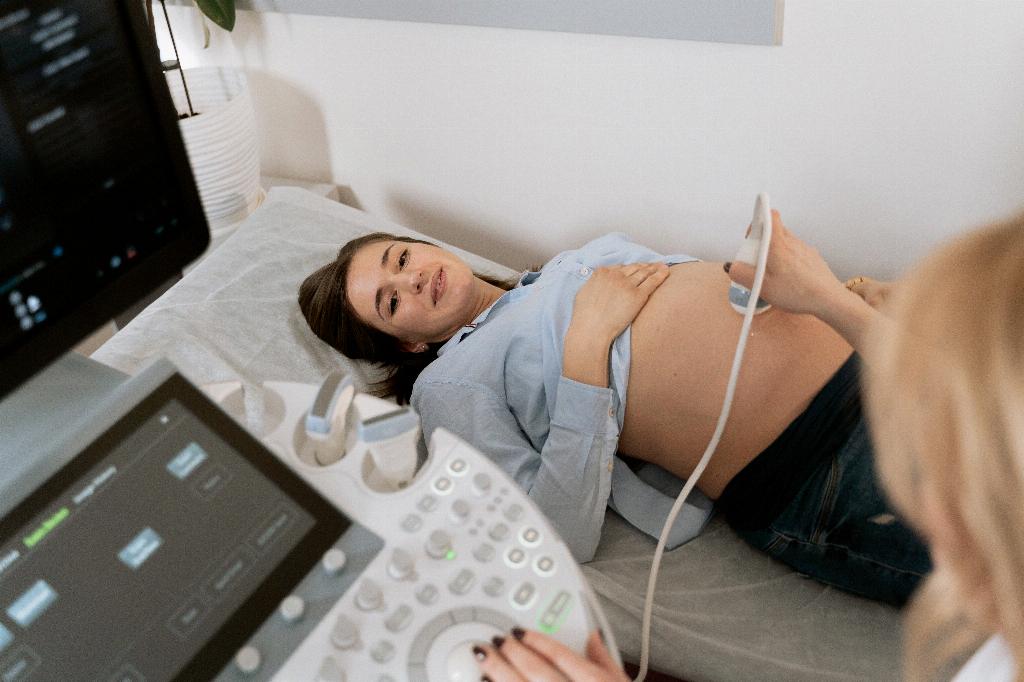During pregnancy, it is not uncommon for a woman’s blood pressure to be lower, especially in the first 24 weeks. This phenomenon is mainly attributed to changes in the circulatory system to support the growing fetus. The expansion of blood vessels allows for increased blood flow to the uterus, which can result in lower blood pressure readings.
Physiological Changes
As the body works to nurture the developing baby, various physiological changes take place. Hormones play a crucial role in regulating blood pressure during pregnancy. For instance, progesterone, a hormone essential for maintaining pregnancy, can cause blood vessels to relax, leading to decreased resistance to blood flow and subsequently lower blood pressure.
Adaptation to Increased Blood Volume
During pregnancy, the body undergoes significant changes to accommodate the increased blood volume needed to support the placenta and growing fetus. The heart works harder to pump this additional blood, which can sometimes result in a slight drop in blood pressure. The body adjusts to these changes to ensure an adequate blood supply to both the mother and the baby.
Effects of Lower Blood Pressure
While low blood pressure during pregnancy is usually considered normal, it is essential to monitor its effects on the mother and the baby. In some cases, low blood pressure can lead to dizziness, lightheadedness, or even fainting. It is crucial for pregnant women to stay hydrated, avoid sudden movements, and take breaks to prevent such symptoms.
Managing Low Blood Pressure
There are several ways to help manage low blood pressure during pregnancy. Simple lifestyle adjustments such as staying hydrated, eating frequent small meals, and avoiding long periods of standing or sitting can make a difference. Doctors may also recommend wearing compression stockings to improve circulation and prevent dizziness.
When to Seek Medical Advice
While lower blood pressure is common during pregnancy, certain situations may warrant medical attention. If a pregnant woman experiences persistent dizziness, blurry vision, chest pain, or excessive fatigue, it is essential to consult a healthcare provider. These symptoms could indicate an underlying issue that needs to be addressed promptly.
Risks of Low Blood Pressure
Although low blood pressure is generally benign during pregnancy, it can pose risks in some cases. Severe or prolonged hypotension can compromise blood flow to the placenta, affecting fetal growth and development. Regular prenatal check-ups and monitoring can help detect any potential concerns early on.
Effects on Fetal Development
Maternal blood pressure plays a crucial role in ensuring optimal fetal development. Lower blood pressure can impact blood flow to the placenta, affecting the delivery of nutrients and oxygen to the baby. Maintaining a healthy lifestyle, including a balanced diet and regular exercise, can help support both maternal and fetal well-being.
Consulting Healthcare Providers
It is essential for pregnant women to communicate any concerns about their blood pressure with their healthcare providers. Regular prenatal visits allow doctors to monitor blood pressure readings and address any issues promptly. Open communication and collaboration between the patient and healthcare team are key to ensuring a healthy pregnancy.
Conclusion
In conclusion, low blood pressure during pregnancy is often a normal physiological response to the body’s adjustments to support the developing fetus. While it is generally considered benign, monitoring blood pressure levels and seeking medical advice when necessary are essential to ensure the well-being of both the mother and the baby. By staying informed and proactive, pregnant women can navigate the changes in blood pressure with confidence and peace of mind.

